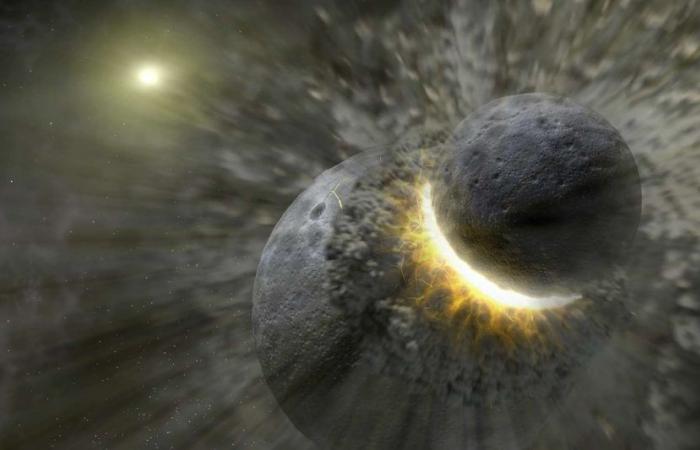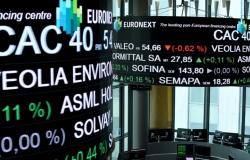Among the many terrestrial specificities, which have made our Planet a particularly favorable place for the development of life, there is plate tectonics. For many researchers, this mechanism has indeed played an essential role in establishing optimal and stable habitability conditions over time, having enabled the emergence of intelligent life forms. The establishment of major geochemical cycles, such as that of carboncarbon, is in fact closely linked to the start of plate tectonics. Contributions in nutrientsnutrientsocean circulation, climate, diversity of living environments… all these aspects depend on the fact that the earth’s surface is constantly evolving and is not fixed like that of others rocky planetsrocky planets of Solar systemSolar system.
The origin of plate tectonics still poorly understood
These movementsmovements which animate the earth’s crust, via notably the production of oceanic crust at the ridges and its recycling at the subduction zones, have existed for nearly 4.3 billion years. In other words, this formidable mechanism would have started very early in the history of the Earth, barely 250 million years after the formation of the planet.
However, the causes of the initiation of the first subductions remain very poorly understood. Why, and following what processes, did the primitive crust of the Earth tear apart to let certain portions plunge into the coatcoat ? Many theories have already been proposed, without there being a real consensus around any of them. Some involve the intervention of a giant impact, others the formation of significant thermal instability (mantle plumemantle plume), these events leading to the formation of a zone of weakness in the crust and, from there, the initiation of a first subduction zonesubduction zone.
A new study, published in the journal Geophysical Research Letters, proposes another scenario which, in a certain sense, would reconcile these two hypotheses. And if the formation of the MoonMoon had been the determining event?
Collision with Théia and first subductions, a cause and effect link?
The Moon was in fact born from a colossal impact, which occurred approximately 4.5 billion years ago, between the young Earth and a planetoid the size of Mars, named TheiaTheia. This collision, in addition to ejecting orbitorbit a massmass considerable amount of material, would have resulted in the mergermerger total of the upper part of the mantle. The lower half, however, would have remained mainly under thesolid statesolid state, while integrating important fragments of Théia. Recent studies also show that remains of this impactor still remain today at the core-mantle interface, and would be at the origin of the large anomaliesanomalies of speedsspeeds observed at this depth (known as LLSVP for large low-shear velocity provinces)). The accumulation of elements from Theia’s core at these depths would have caused a significant increase in temperature at the core-mantle interface.
The additional heat input that was necessary for the initiation of plate tectonics?
It is this very particular thermochemical pattern, closely linked to this collision, which may have made it possible to initiate the first subduction zones. Between 50 and 100 million years after the impact, the ocean magmamagma formed by the fusion of the upper mantle solidifies and gives rise to a proto-lithosphere. This new solid surface, certainly very quickly submerged by the first oceans, is then not animated by any movement.
However, the thermal instability that reigns in the depths of the Earth following the collision will quickly change things. THE digital modelsdigital models carried out by the researchers suggest that 200 million years after the impact, powerful mantle plumes formed at the base of the overheated mantle. Going back up, these plumes would have weakened the proto-lithospherelithosphereleading to its rupture and the formation of the first plate boundaries at which subductions would have initiated.
According to these results, the collision at the origin of the Moon would therefore have brought the surplus of heatheat necessary to set in motion the great mechanism of plate tectonics.






